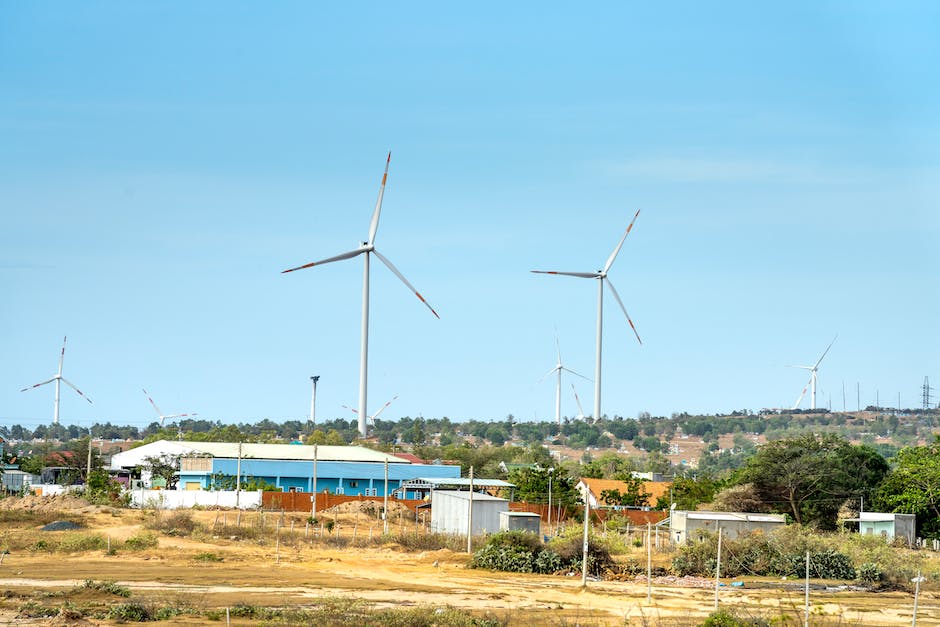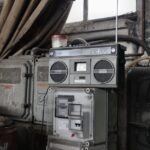Navigating the World of High-capacity Batteries for Renewable Energy Storage

Introduction to high-capacity batteries
High-capacity batteries are essential for storing renewable energy. They are used to store excess energy generated from renewable sources like solar panels or wind turbines. These batteries provide a way to store the energy for use during periods when renewable sources are not actively generating power, such as during the night or times of low wind. This enables a more consistent and reliable supply of renewable energy.

Types of high-capacity batteries for renewable energy storage
Lithium-ion batteries are the most commonly used for renewable energy storage. They are known for their high energy density and long cycle life. Flow batteries, on the other hand, use tanks of electrolyte to store energy and can be scaled up easily, making them suitable for large energy storage applications. Lead-acid batteries are a more traditional option, with a lower upfront cost, but they have a shorter lifespan compared to lithium-ion batteries. Sodium-sulfur batteries operate at high temperatures and are best suited for utility-scale energy storage. Each type of battery has its own advantages and limitations, so it’s important to consider the specific requirements of your renewable energy project before making a choice.
Advantages of using high-capacity batteries in renewable energy systems
High-capacity batteries offer a reliable way to store excess energy generated by renewable sources like solar panels or wind turbines. Here’s why they are advantageous:
- High-capacity batteries can store large amounts of energy, making it possible to power homes or businesses even when renewable energy sources are not actively generating power.
- They provide a flexible and scalable storage solution, allowing for the expansion of renewable energy systems without relying on the availability of the energy sources.
- High-capacity batteries contribute to more stable and resilient energy grids, reducing reliance on traditional fossil fuel-based power during peak demand periods.
Factors to consider when choosing high-capacity batteries
High-capacity batteries are an essential part of renewable energy storage systems, providing a way to store excess energy for later use. When choosing high-capacity batteries, there are several factors to consider:
- Energy Storage Capacity: Consider the amount of energy the battery can store and whether it aligns with your energy storage needs.
- Lifespan: Evaluate the expected lifespan of the battery and how it may impact long-term costs and maintenance.
- Charging and Discharging Rates: Look into how quickly the battery can charge and discharge, as this may affect its suitability for specific applications.
- Safety and Environmental Impact: Assess the safety features and environmental impact of the battery technology to ensure it meets necessary standards.
- Cost: Understand the initial cost as well as ongoing maintenance and replacement costs.
Considering these factors will help you make an informed decision when choosing high-capacity batteries for renewable energy storage.
Installation and maintenance of high-capacity batteries
When installing high-capacity batteries for renewable energy storage, it is crucial to consult a professional to ensure proper setup and safety. Regular maintenance is essential to optimize battery performance and longevity. This includes monitoring the state of charge, checking for potential damage, and ensuring proper ventilation. Additionally, it is important to follow the manufacturer’s guidelines for maintenance intervals and procedures to maximize the lifespan and efficiency of the batteries.
Comparison of popular high-capacity battery brands
To compare popular high-capacity battery brands, consider the following factors:
- Energy Density: This measures how much energy a battery can store in a given volume or weight. Higher energy density means a battery can hold more energy, which is advantageous for renewable energy storage.
- Cycle Life: This refers to the number of charge and discharge cycles a battery can endure before its capacity significantly degrades. A longer cycle life indicates a more durable and reliable battery, reducing the need for frequent replacements.
- Cost: The initial investment for the battery and its long-term operating costs are essential considerations. Ensure that the chosen battery brand offers a balance between cost and performance.
- Safety: Evaluate the safety features and track record of each brand to minimize the risk of accidents or malfunctions.
By comparing these aspects, you can make an informed decision when selecting a high-capacity battery brand for renewable energy storage.
Safety considerations for high-capacity battery usage
When using high-capacity batteries for renewable energy storage, it is important to prioritize safety. Here are some key considerations to keep in mind:
- Ensure proper installation and maintenance to prevent potential hazards.
- Regularly monitor the condition of the batteries to detect any signs of wear or malfunction.
- Implement safety measures such as protective enclosures and emergency response plans.
- Stay updated on industry standards and regulations regarding the use of high-capacity batteries.
By prioritizing safety, you can maximize the efficiency and longevity of your high-capacity battery system while minimizing potential risks.
How high-capacity batteries contribute to the expansion of renewable energy
High-capacity batteries are crucial for the expansion of renewable energy technology. They allow for the storage of excess energy produced by renewable sources, such as solar and wind power. This stored energy can then be used during times when renewable sources are not actively producing energy, ensuring a more reliable and consistent power supply. Additionally, high-capacity batteries enable the integration of renewable energy into existing power grids, reducing the dependence on traditional fossil fuel-based energy sources.
Future developments in high-capacity battery technology for renewable energy storage
Current research in high-capacity battery technology for renewable energy storage focuses on enhancing energy density, cycle life, and safety. Some of the potential future developments include:
- Solid-state Batteries: These batteries use solid electrolytes instead of liquid ones, which could potentially offer higher energy density and improved safety.
- Flow Batteries: This technology allows for customizable capacity and power by separating the energy storage component from the power conversion system.
- Lithium-Sulfur Batteries: This type of battery has the potential for higher energy density compared to traditional lithium-ion batteries, which could significantly improve renewable energy storage capabilities.
These advancements could pave the way for more efficient and sustainable energy storage solutions in the future.
Conclusion and summary
If you’re looking to store renewable energy, high-capacity batteries are essential for ensuring continuous power supply. We’ve covered the various types of batteries, such as lithium-ion and flow batteries, their costs, and their capabilities in this blog. It’s clear that each type has its own advantages and drawbacks, and finding the right fit for your renewable energy storage needs is crucial. Remember to consider factors like capacity, efficiency, and lifespan when making your decision. By understanding the options available, you can make an informed choice for your renewable energy storage solution.

